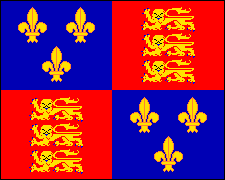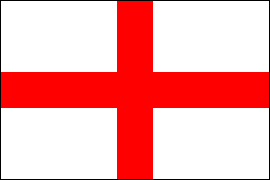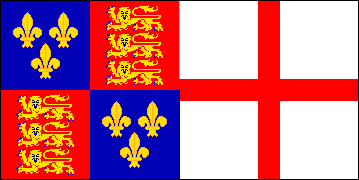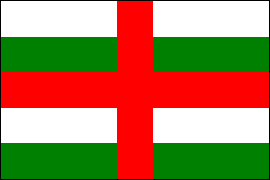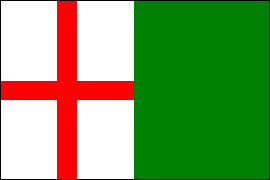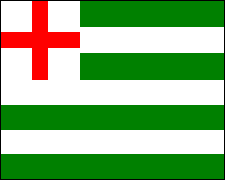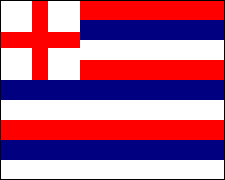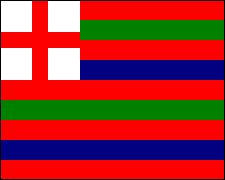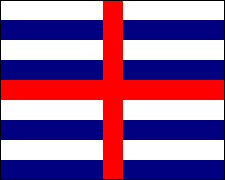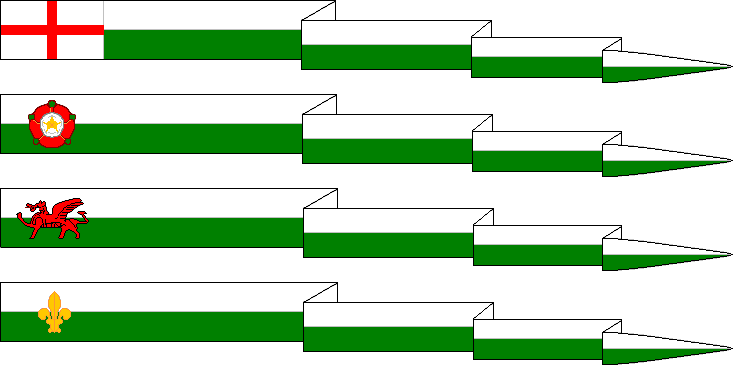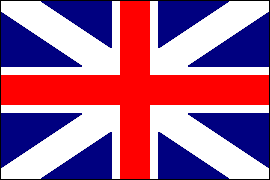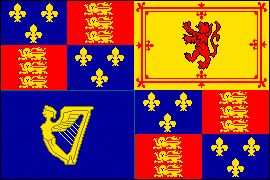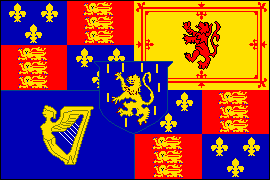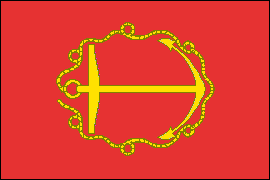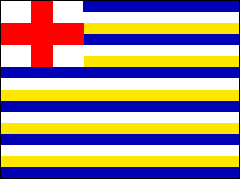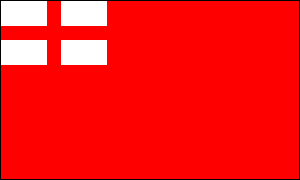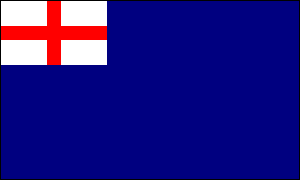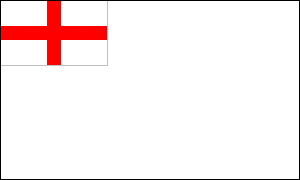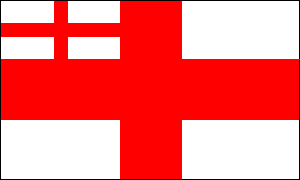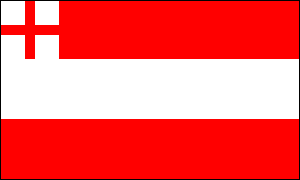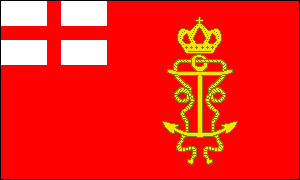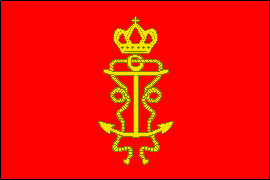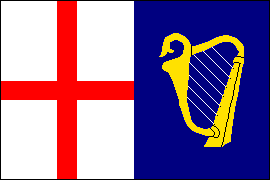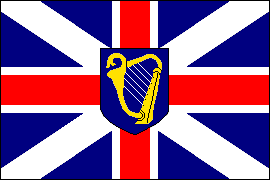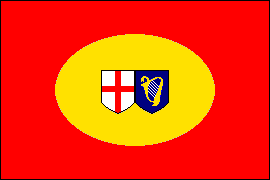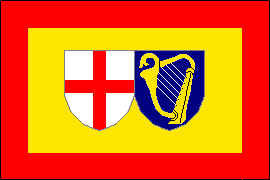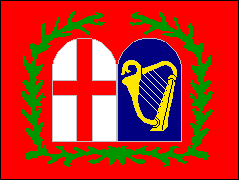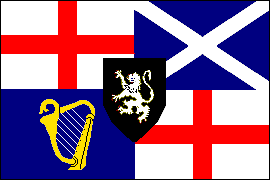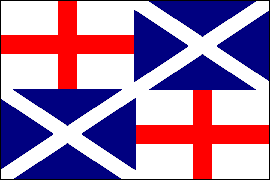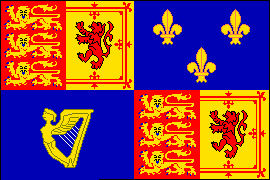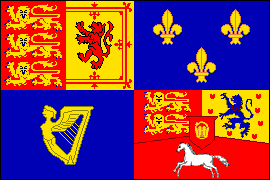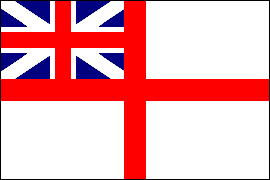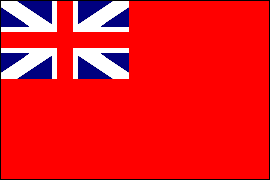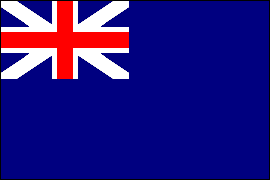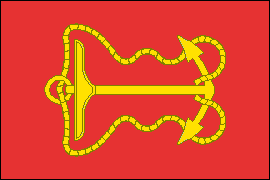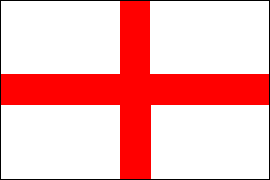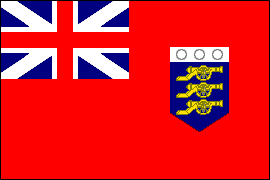|
|
|
HEART OF OAK |
|
|
NAVAL ENSIGNS OF ENGLAND & GREAT BRITAINSixteenth-Eighteenth
Centuries |
Credits: Many of these images are based on illustrations in Whitney Smith's Flags Through the Ages and Across the World (1975) and Timothy Wilson's Flags at Sea (revised edition, 1999). My drawing of the personal ensign of James II is based on a scan posted to the FOTW Mailing List by Jarig Bakker. FOTW Mailing List member David Prothero provided information about the correct proportions and design of the 1707-1801 ensigns. Note on the Music: "Heart of Oak" (open in new tab) is the official march of the Royal Navy and of several of the Commonwealth navies. It is performed on this page by the Stadacona Band of the Royal Canadian Navy. "Heart of oak are our ships, jolly tars are our men." Images Added May 2020 Variant Ensigns & Masthead Flags of the Tudor Period |
THE TUDOR NAVY
Royal Banner Sixteenth Century
Cross of St. George
Ensign Sixteenth Century Foremast Flag 1606-34 Jack 1649
Royal Banner Impaled with the Cross of St. George
Variant Cross of St. George Ensigns with Tudor Livery Colors
Typical Striped Ensigns Sixteenth Century
Masthead Pennants Sixteenth Century
Lord High Admiral 16th Century
THE STUART NAVY
First Union Flag
Mainmast Flag 1606-34 Jack 1634-39 & 1660-1801
Royal Banner 1603-89 & 1702-07
Royal Banner William III 1689-1702
Lord High Admiral 17th Century
Typical Striped Ensign Circa 1620
Ensign of the Red Squadron 1625-1707
Ensign of the Blue Squadron 1625-1707
Ensign of the White Squadron 1630-1702
Ensign of the White Squadron 1702-1707
Naval Ensign February-May 1702
Ensign James II as Lord High Admiral Circa 1686
Masthead Flag James II as Lord High Admiral Circa 1686
Masthead Pennants 17th-18th Centuries
THE NAVY OF THE COMMONWEALTH
Jack & Command Flag 1649-58
Jack 1658-60
Command Flags Circa 1652
Command Flags Circa 1655
Lord Protector's Banner & Command Flag 1658-59
Naval Ensign 1659
THE NAVY OF THE KINGDOM OF GREAT BRITAIN
Royal Banner Queen Anne 1707-14
Royal Banner House of Hanover 1714-1801
Ensign of the White Squadron
Ensign of the Red Squadron
The Meteor Flag
Ensign of the Blue Squadron
Lord High Admiral
Jack & Admiral of the Fleet
Admirals of the White Squadron
Admirals of the Red Squadron
Admirals of the Blue Squadron
Board of Ordnance Ensign
